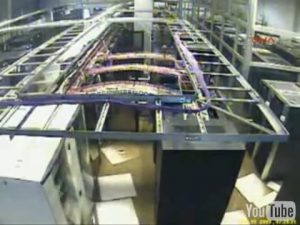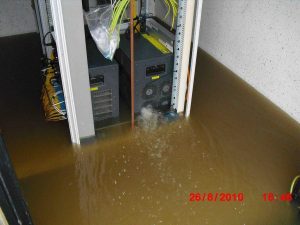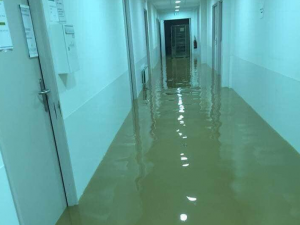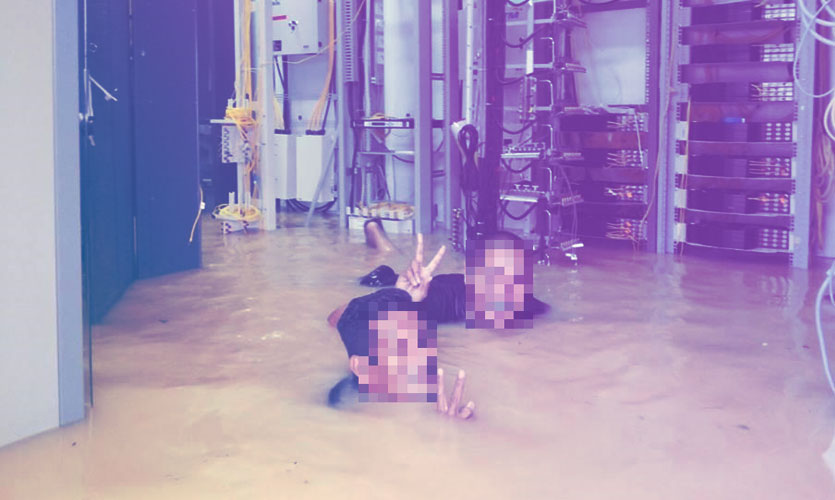The latest meteorological events in Tunisia, particularly the floods which are becoming more and more frequent every year, have prompted us to draw attention to the impact and potential damage that can have on IT systems, including prolonged downtime and material damage.
There were incidents during the latest floods in October 2018 that caused significant damage to IT systems.
Photos illustrating the flooding of server rooms and buildings:




Precautions and measures to be taken :
There are a number of precautions you can take to avoid such damage.
We need to think about protecting IT infrastructures against these risks, and putting them in safe, risk-free locations, i.e. specialized data centers designed to house IT infrastructures.
However, it is essential to ensure that the data center takes account of the risk of flooding, as it must be completely risk-free and have strict, safe measures in place to prevent flooding.
A data center must be located in a geographical area free from flood risk, and take account of rare weather conditions, as these types of risk are unpredictable, impossible to counter and beyond its control.
Measures to be taken include
- The geographical location of a data center needs to be carefully studied to ensure that it is not subject to flooding, away from rivers. An important criterion in this context is the height of the site in relation to sea level, which should be as high as possible.
- Avoid sites located in an essentially flat or very gently sloping area.
- Avoid sites located near a wadi, stream or even crossed by the path of a simple natural rainwater runoff. Beware of “dormant” run-offs that haven’t been active for years: they could emerge at any time.
- Avoid sites where stormwater drainage systems do not lead to reliable outlets.
- Choose high, sloping areas: the land should always remain out of water, even if the ONAS networks (rainwater and wastewater) are clogged or inadequate.
- Within the site, use gravity and surface drainage wherever possible.
- Location of the data center must be in an area equipped for the activity with an infrastructure for the area studied in terms of water drainage (rainwater, wastewater, etc.).
- Equip the data center building with an early warning system for water leaks.
- Equip the data center building with water evacuation pumps (mop pumps) which must operate automatically in the event of water leaks.
Consideration needs to be given to where all IT infrastructures should be housed.
Build your own data center or choose a specialized data center tailored to your business.
A specialized, neutral data center is the best place. In all cases, the data center must assert and guarantee all measures taken against the risk of flooding, and must master the industrial aspect of the data center business, operations and feedback.
If you decide to build a private data center, you’ll need to enlist the help of specialists who are experts in the construction and operation of data centers, and who have a thorough understanding of the risks involved. This requires specialists in various fields, such as engineering, design and construction. civil engineering, buildings, electricity, hydraulics, air conditioning…



